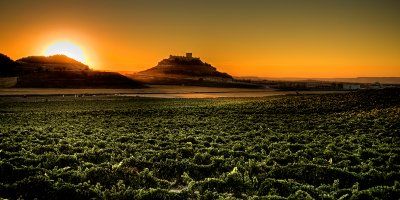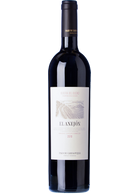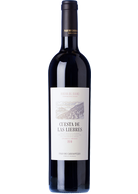José María Ruiz, the first generation
José María Ruiz, founder of Pago de Carraovejas, represented Spain at the First World Contest for Sommeliers and attained a noteworthy 5th place. That experience awakened his desire to set up his own restaurant, with his own suckling pigs and his own wine, and this happened in 1982 when the Restaurante José María opened its doors in Segovia. There the concept of wine typically found in Castilian inns was completely changed, by getting rid of the traditional jug and serving wine out of a bottle, taking great care over the temperature and how it was served.
Years later, he had high hopes of creating his own wine to accompany the suckling pig, his restaurant’s star dish. At a time when the Ribera del Duero was still a great unknown, he chose the hillsides of Carraovejas, in Peñafiel, for starting up the project, as it was the main historic centre of Ribera del Duero wines and it was close to Segovia. He produced the region’s first wine with 25% Cabernet Sauvignon, when Tinto Fino was the absolute king. Moreover, this was one of the first wineries in the Ribera del Duero to use French oak and to install a drip irrigation system.
The first vintage from Pago de Carraovejas was in 1991, resulting from barely 70,000 kilos of grapes obtained from the first 25 hectares under production. In the following years, the winery and vineyards would continue to grow with a series of enlargements, until reaching the current 200 ha.
Pedro Ruiz, the second generation
In 2007, another stage commenced when Pedro Ruiz became involved with the project. The new leadership brought fresh goals in the areas of sustainability, innovation and wine tourism. While Pedro Ruiz was at the helm, the winery and its management received various prestigious awards from different public and private institutions, such as the University of Valladolid’s Faculty of Commerce and the city’s Chamber of Commerce.




